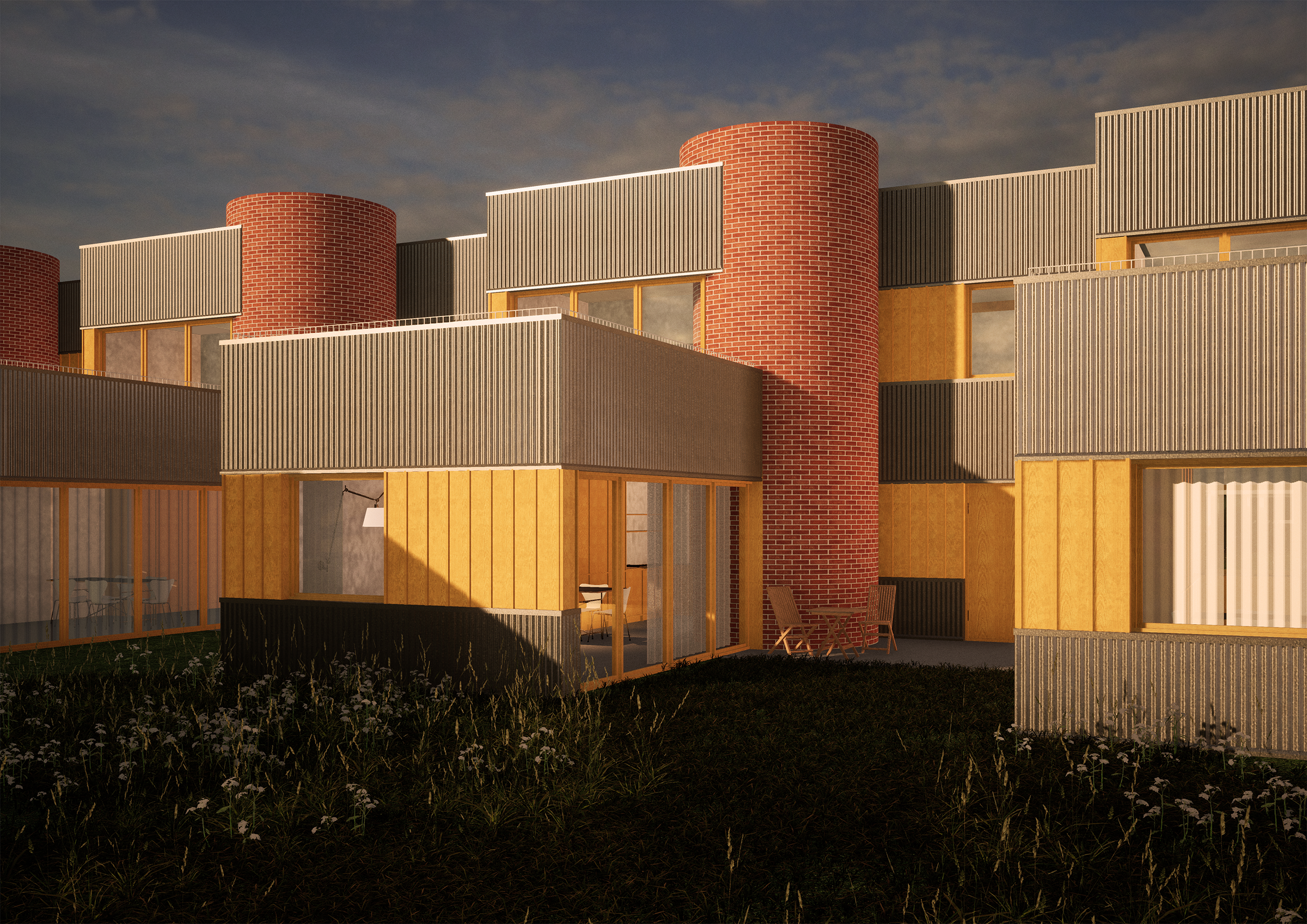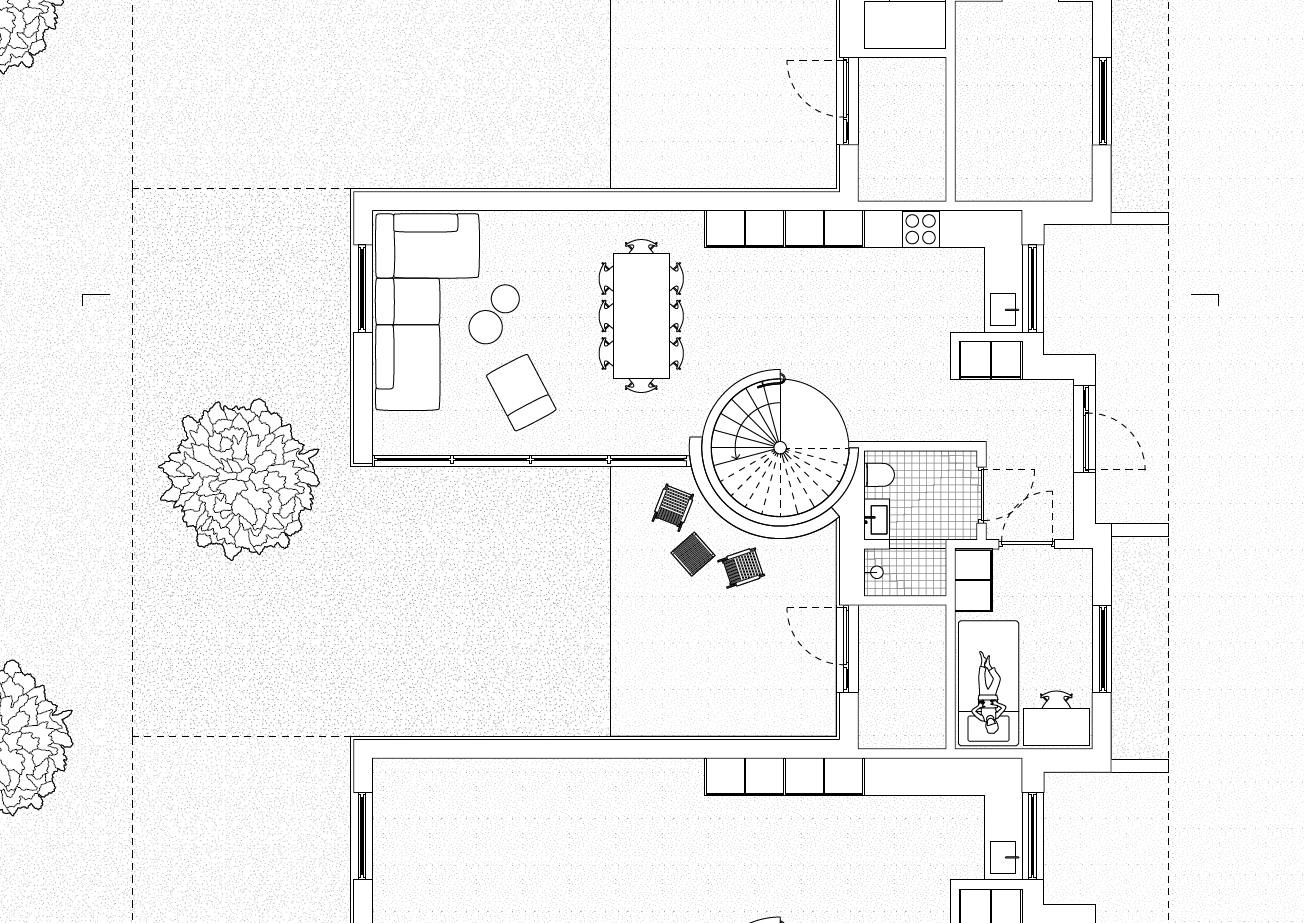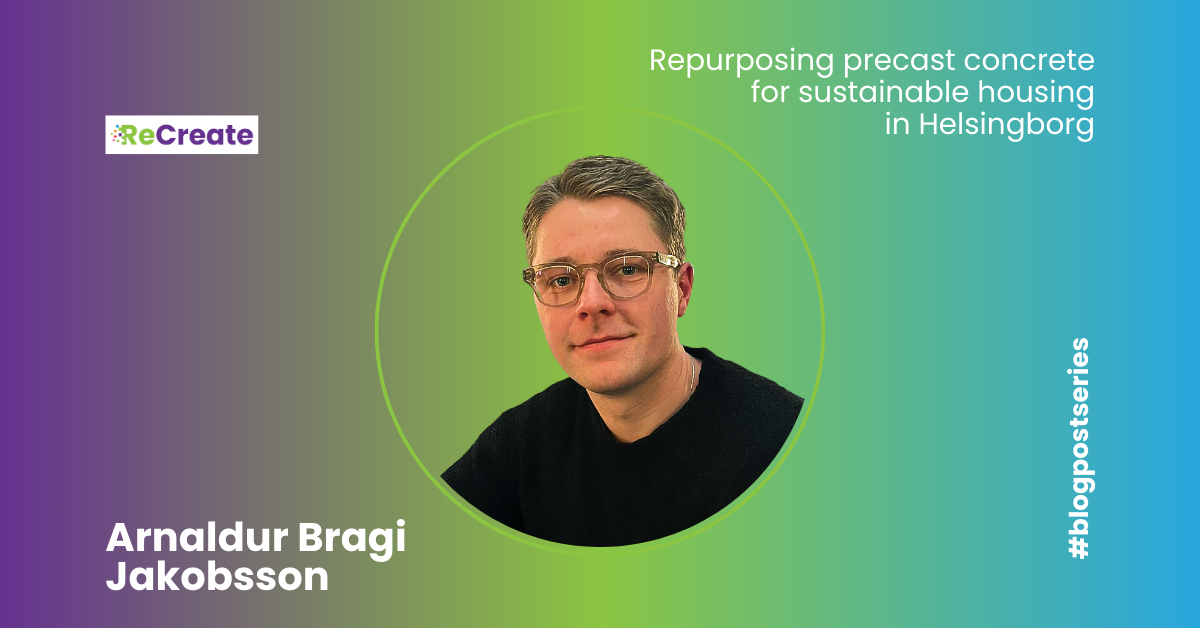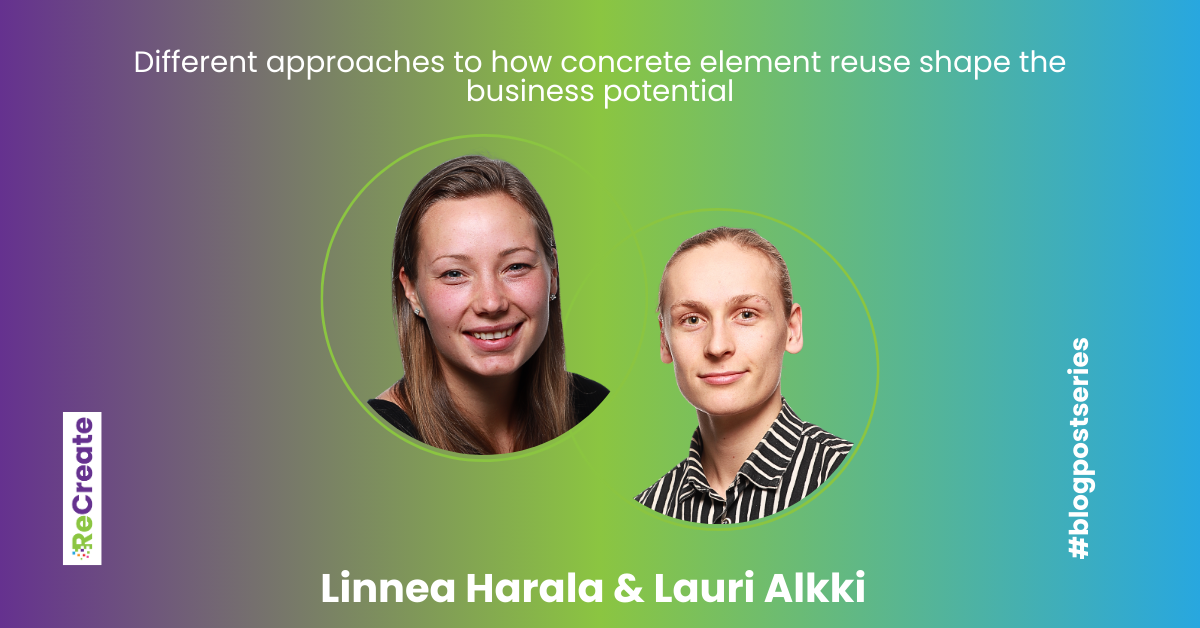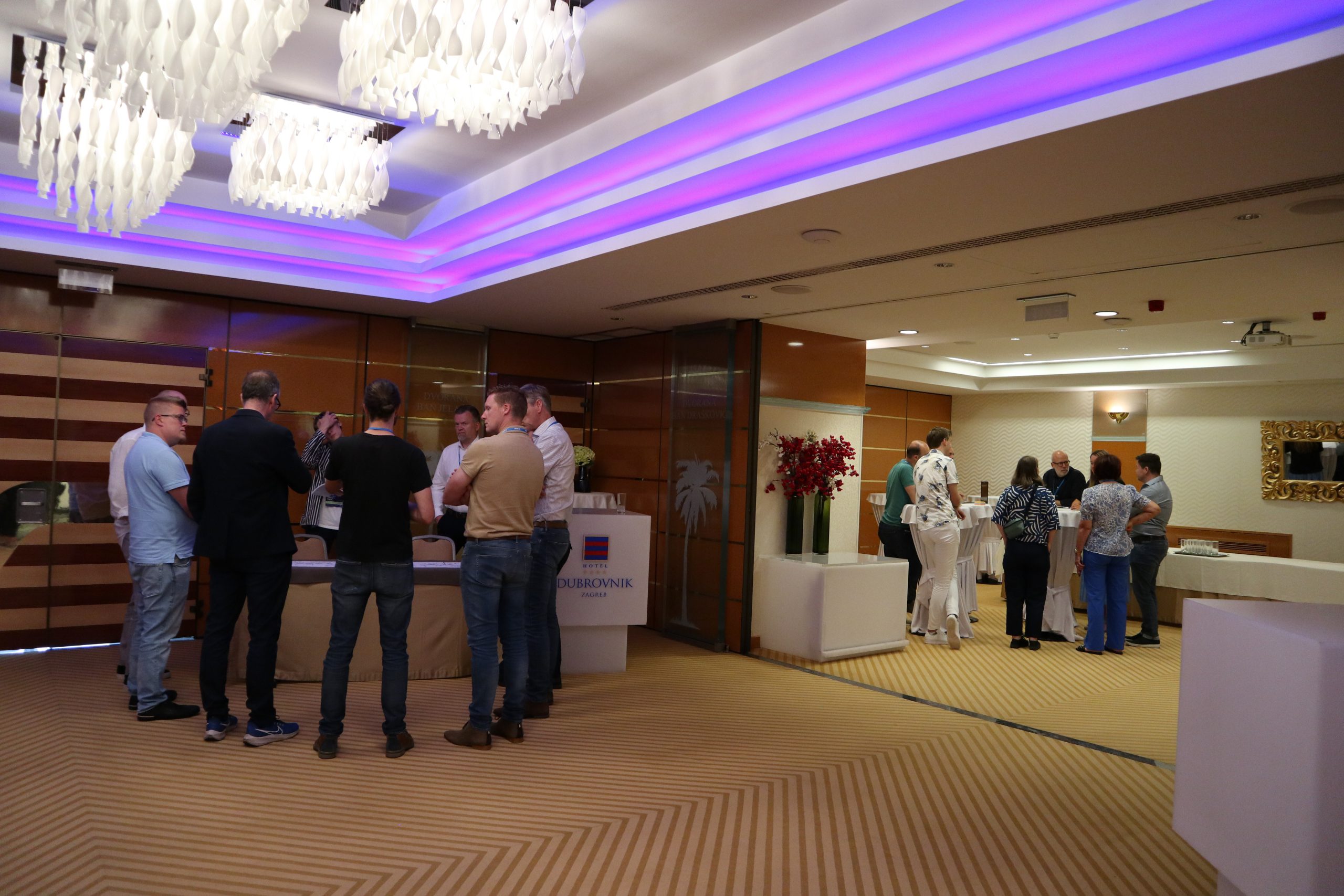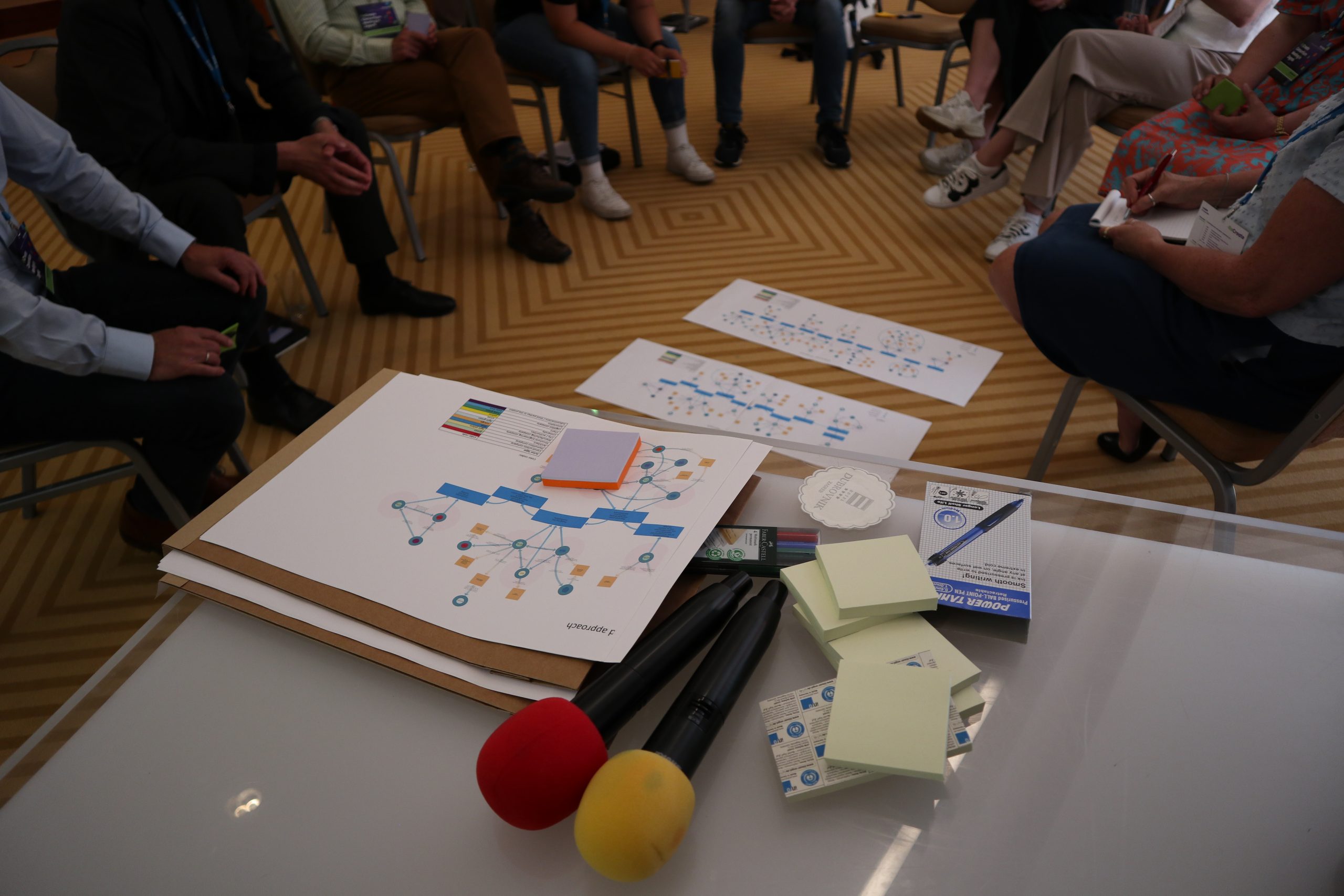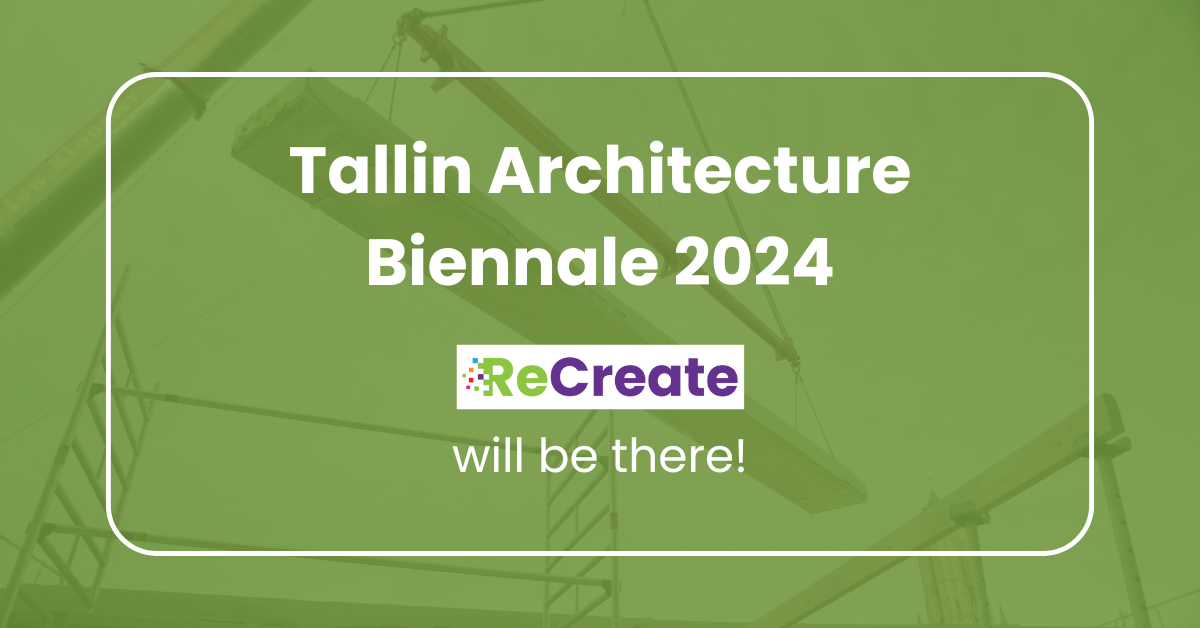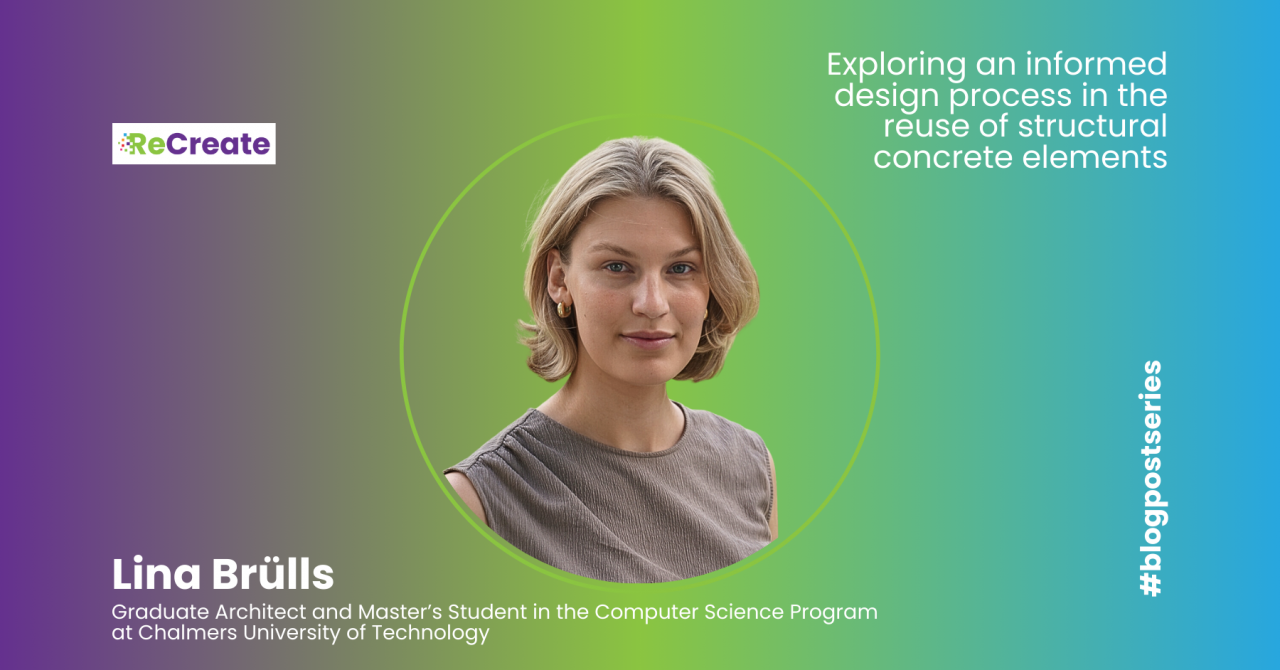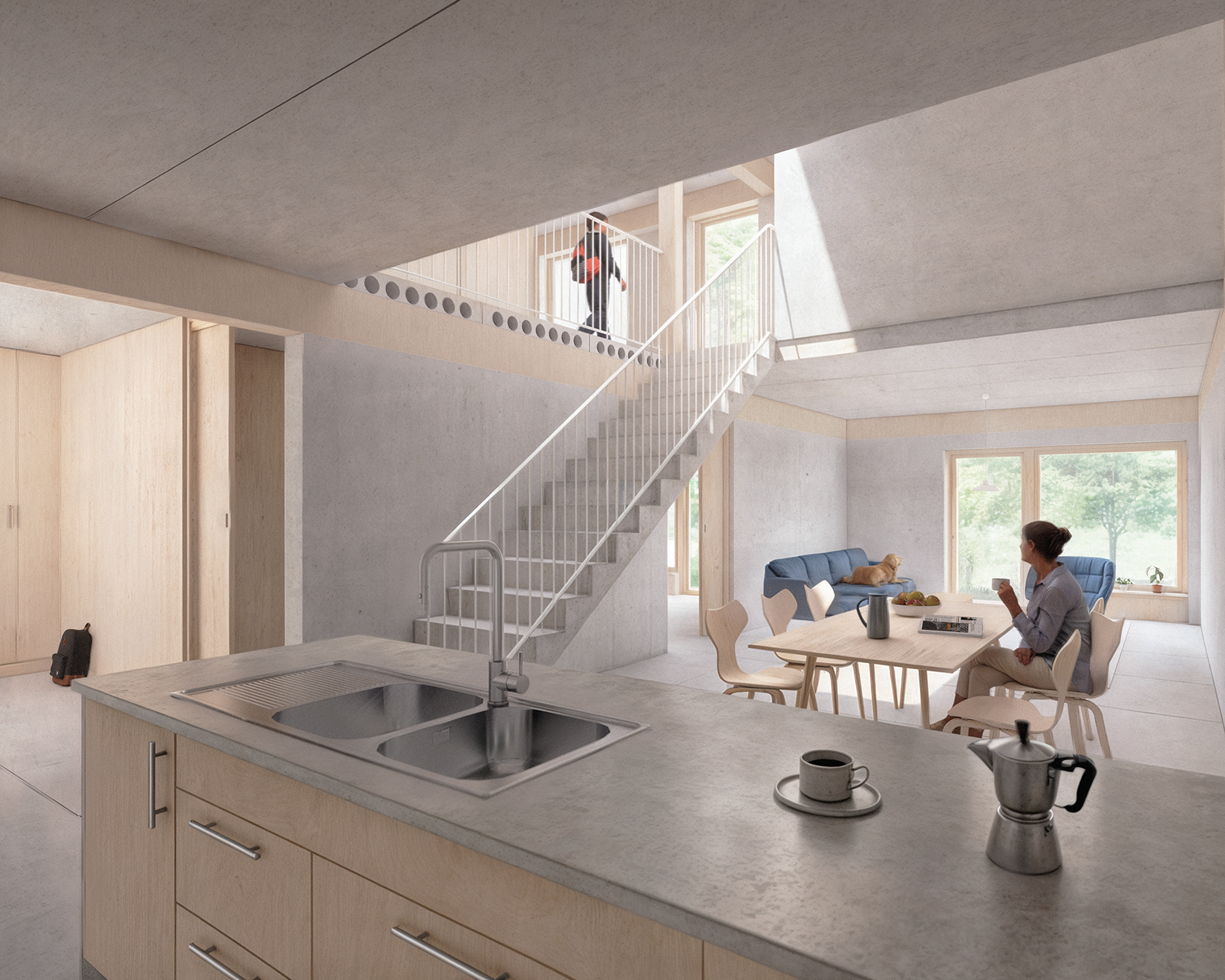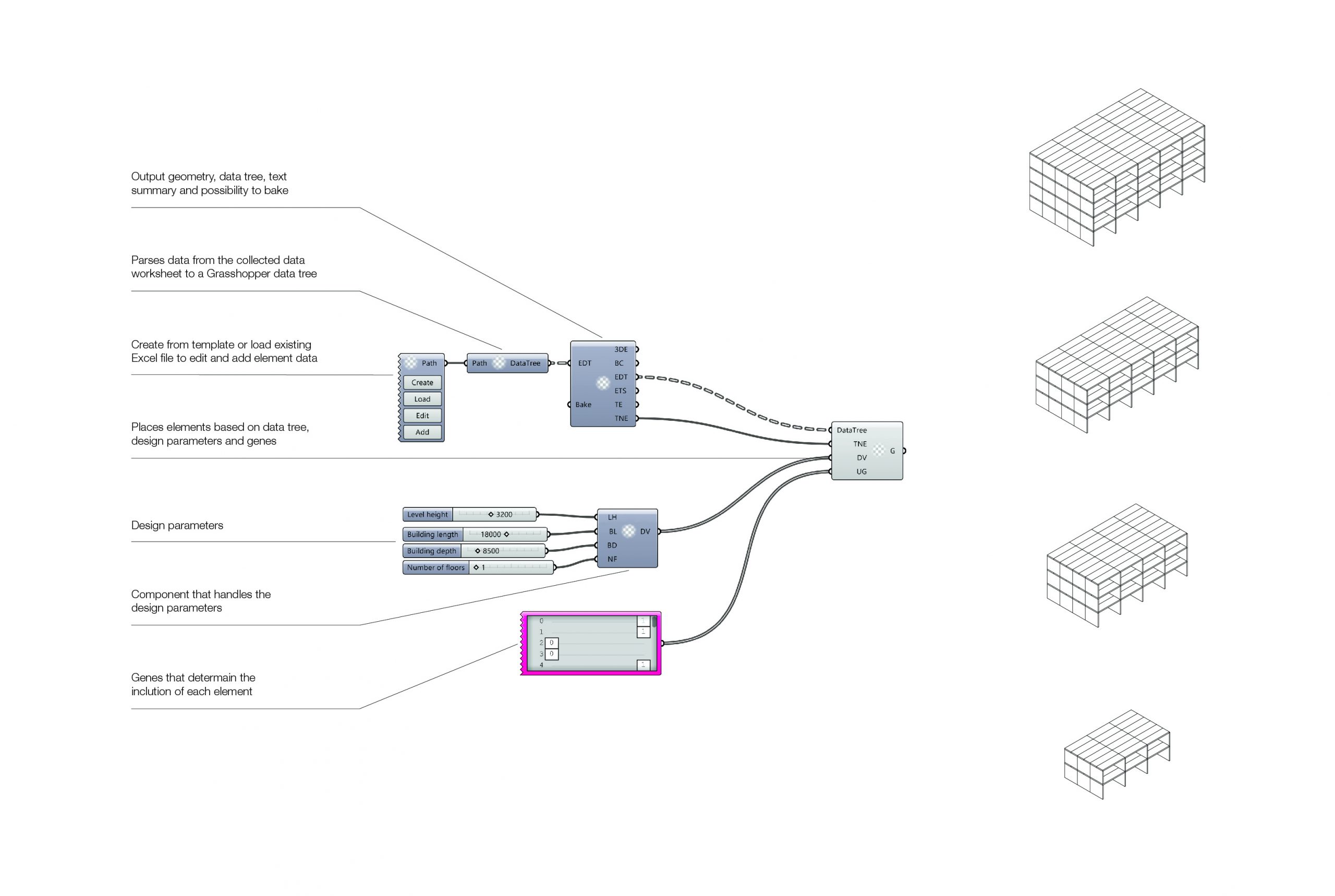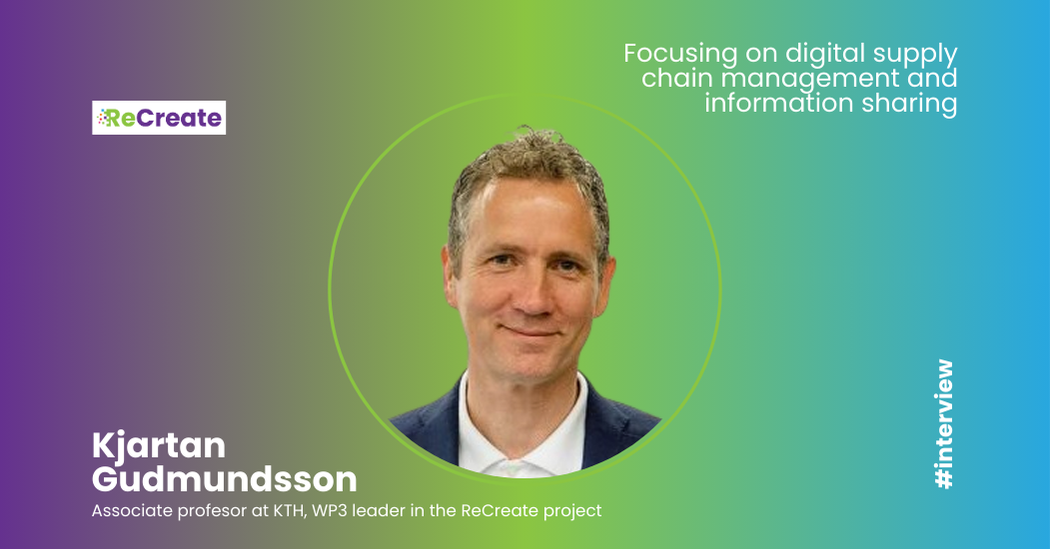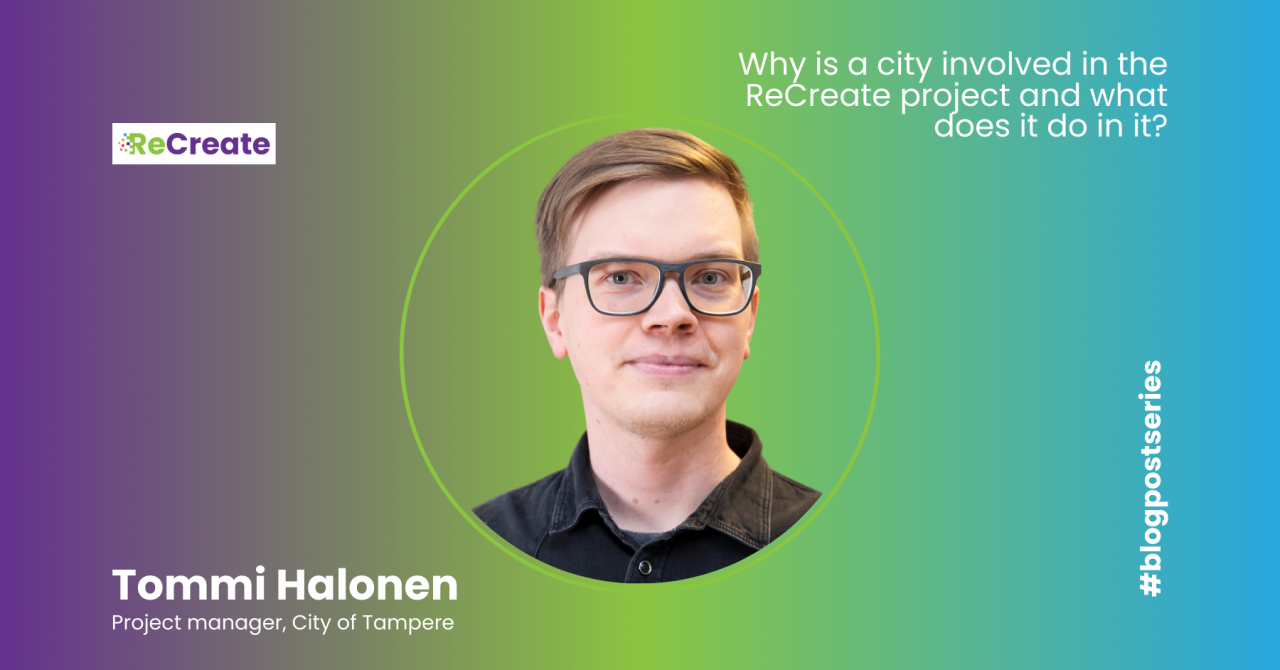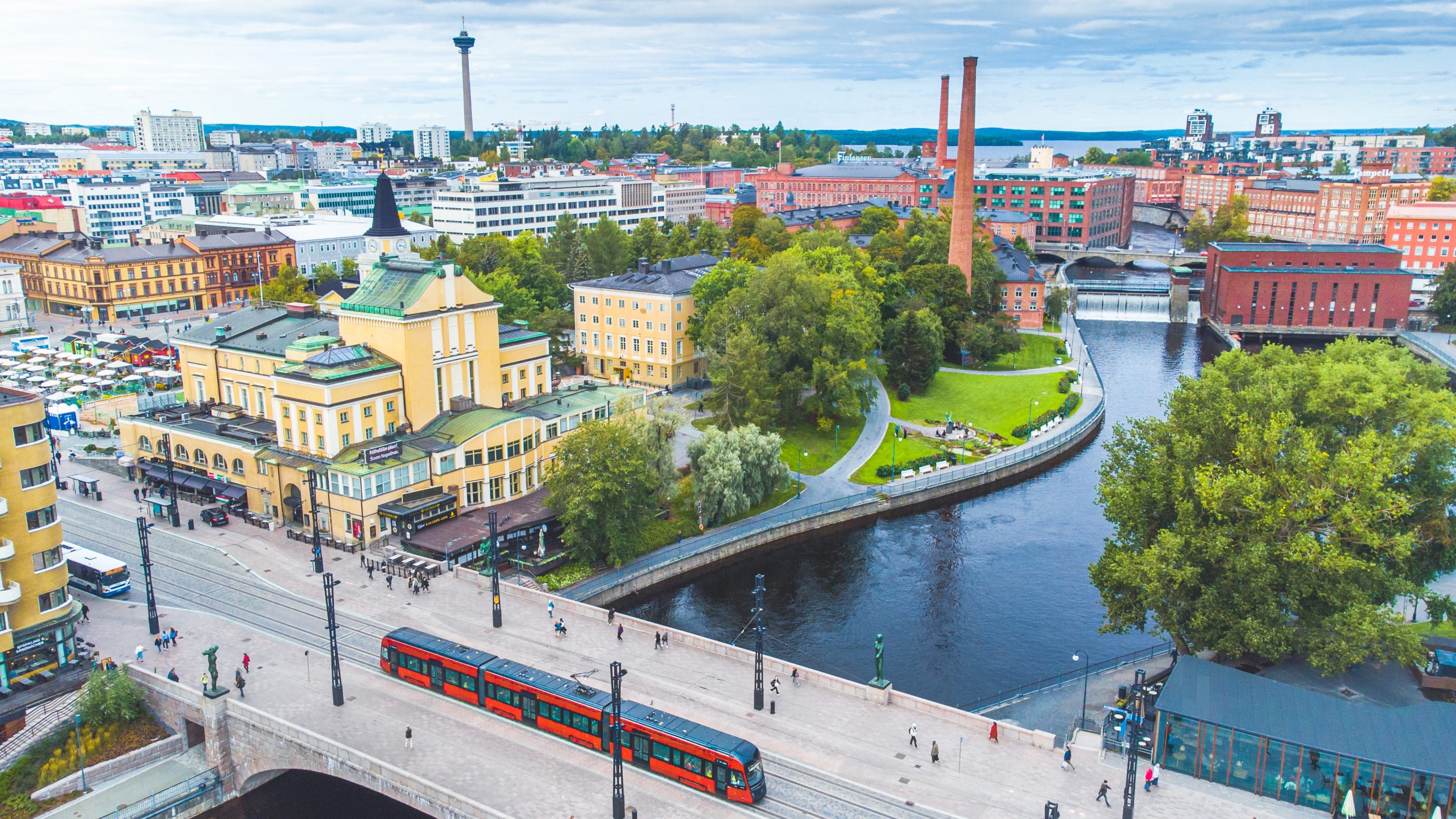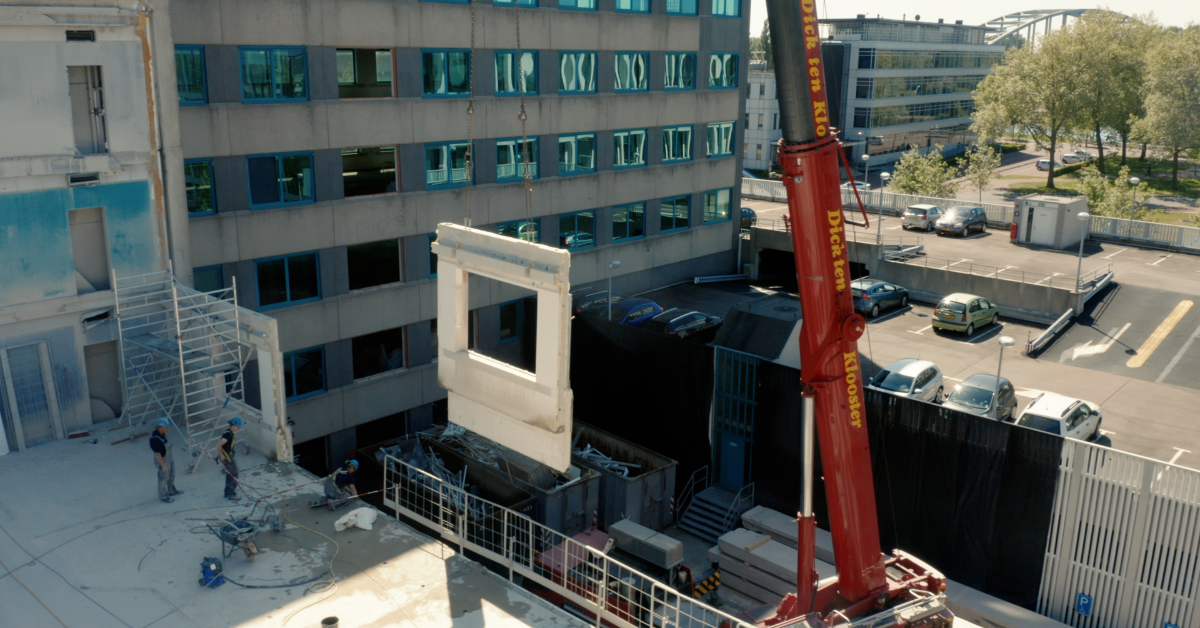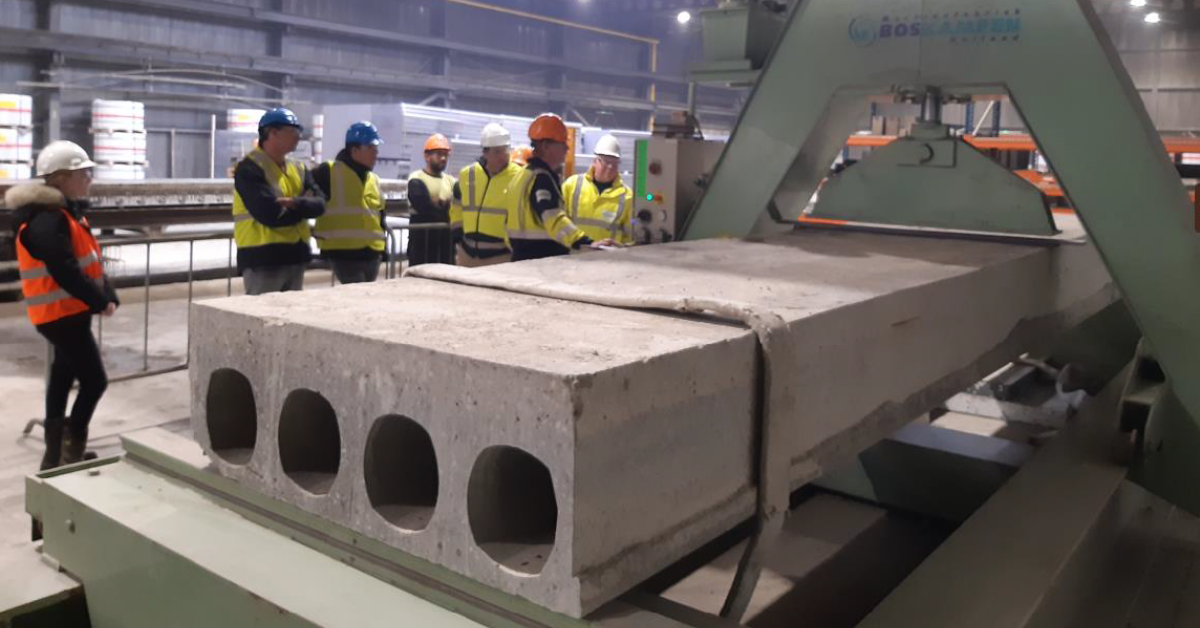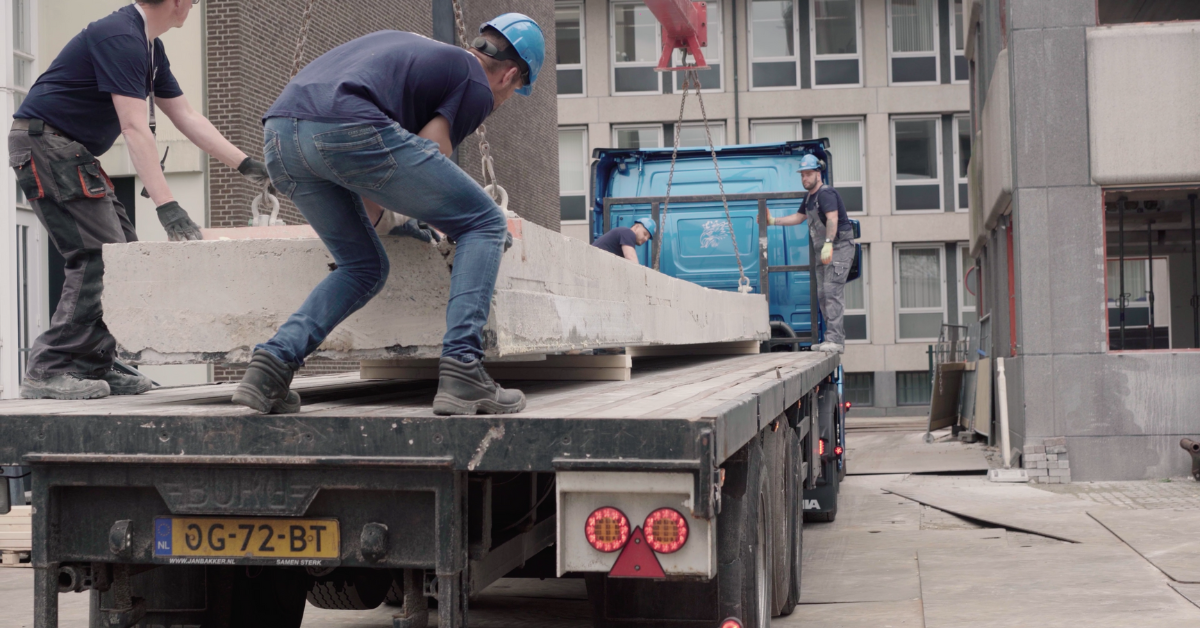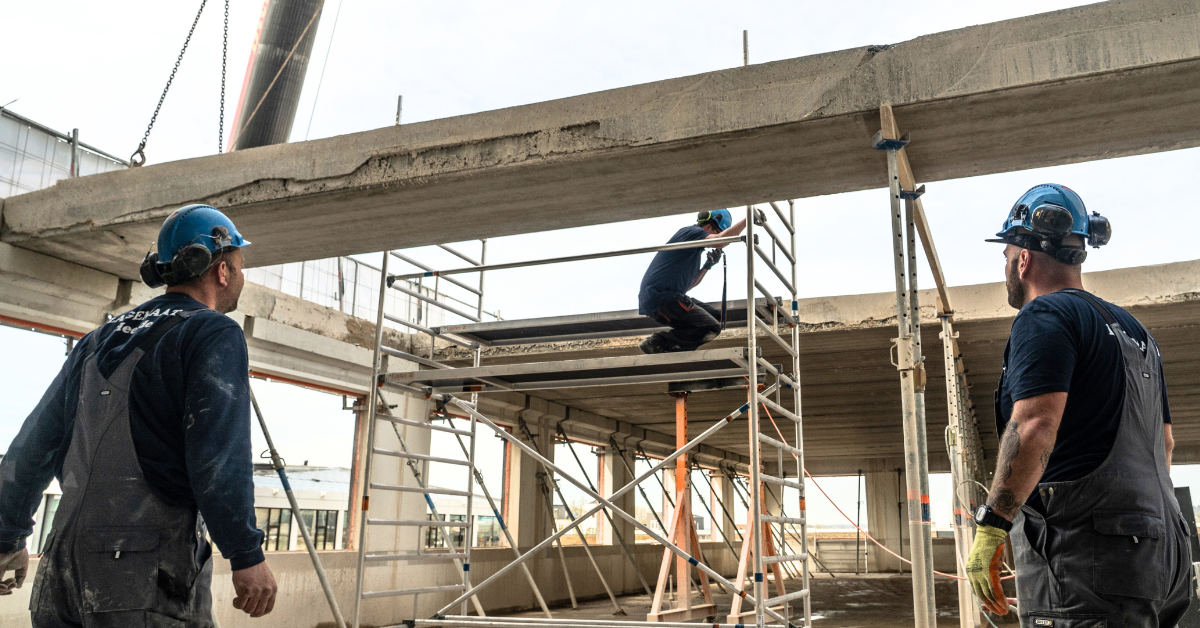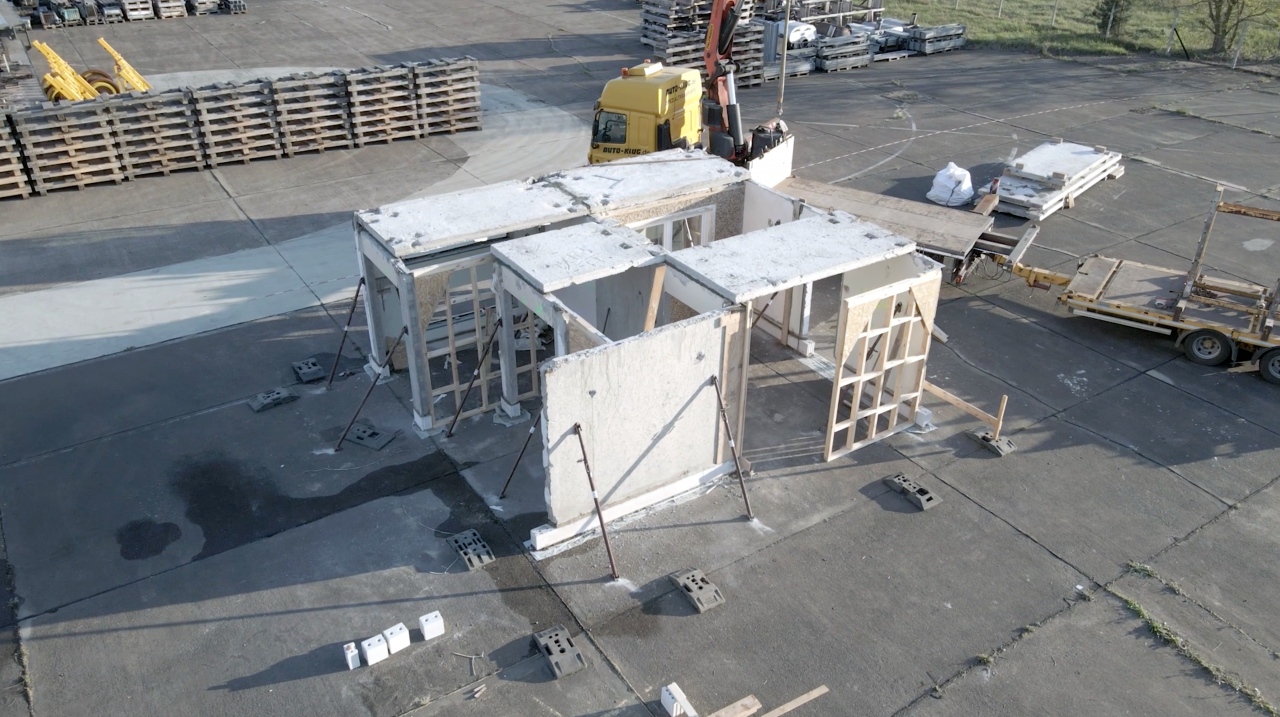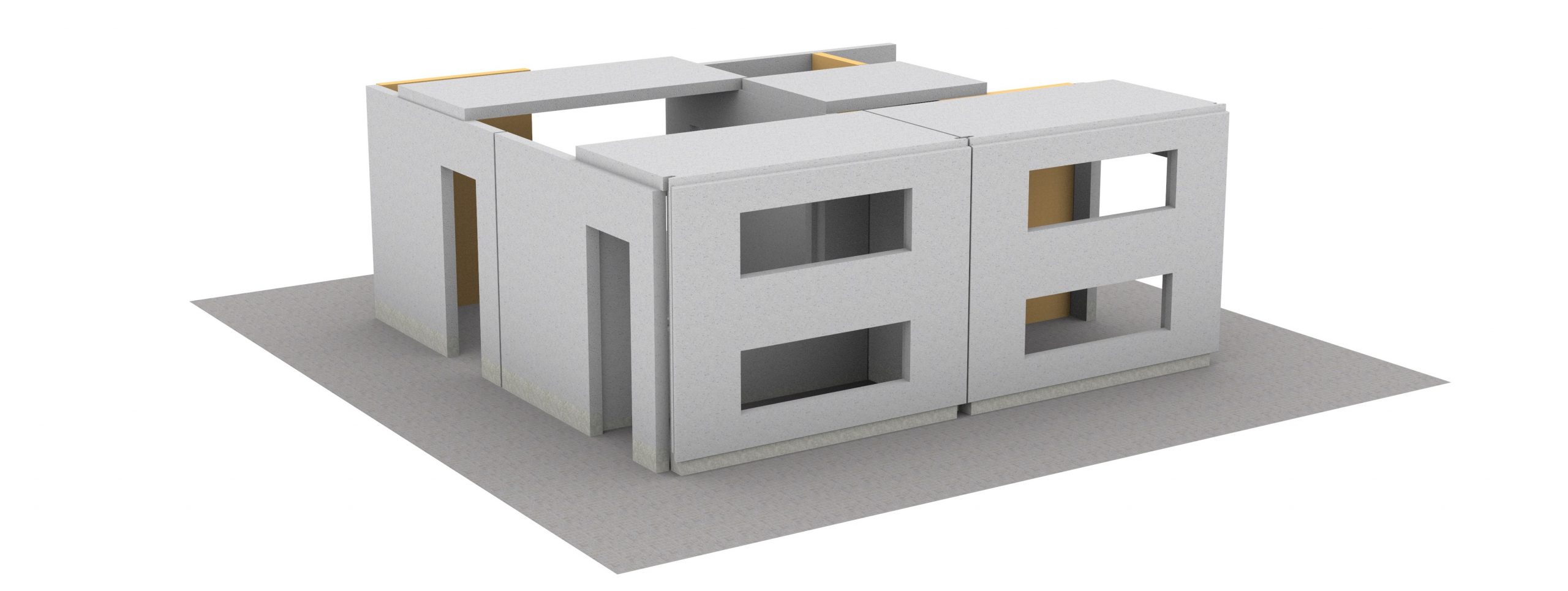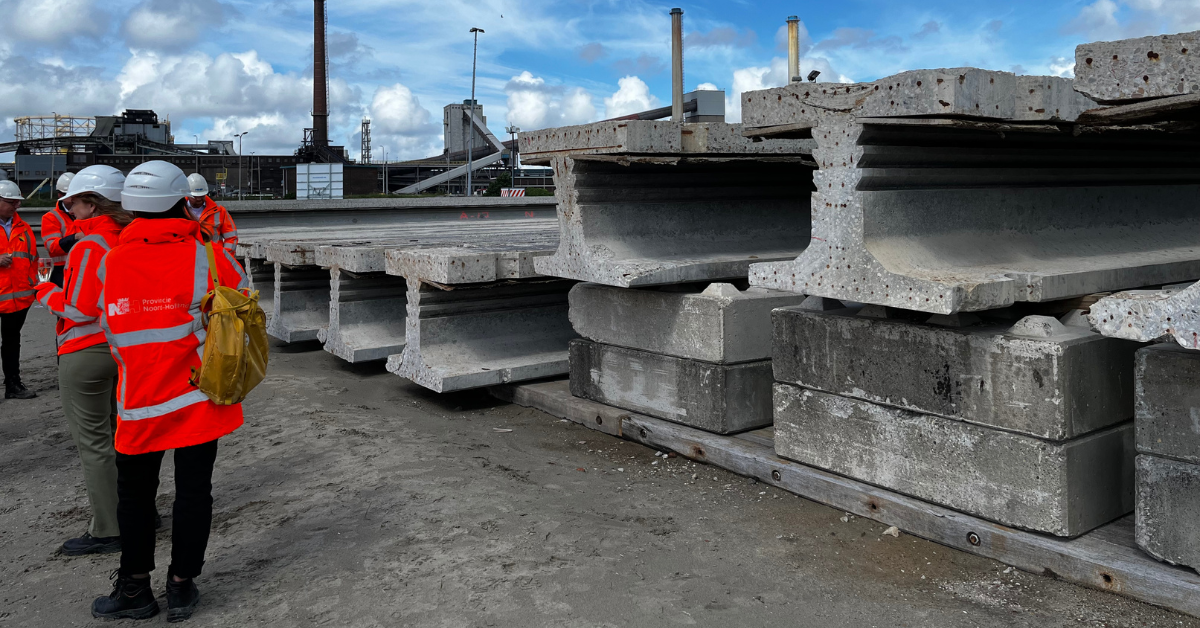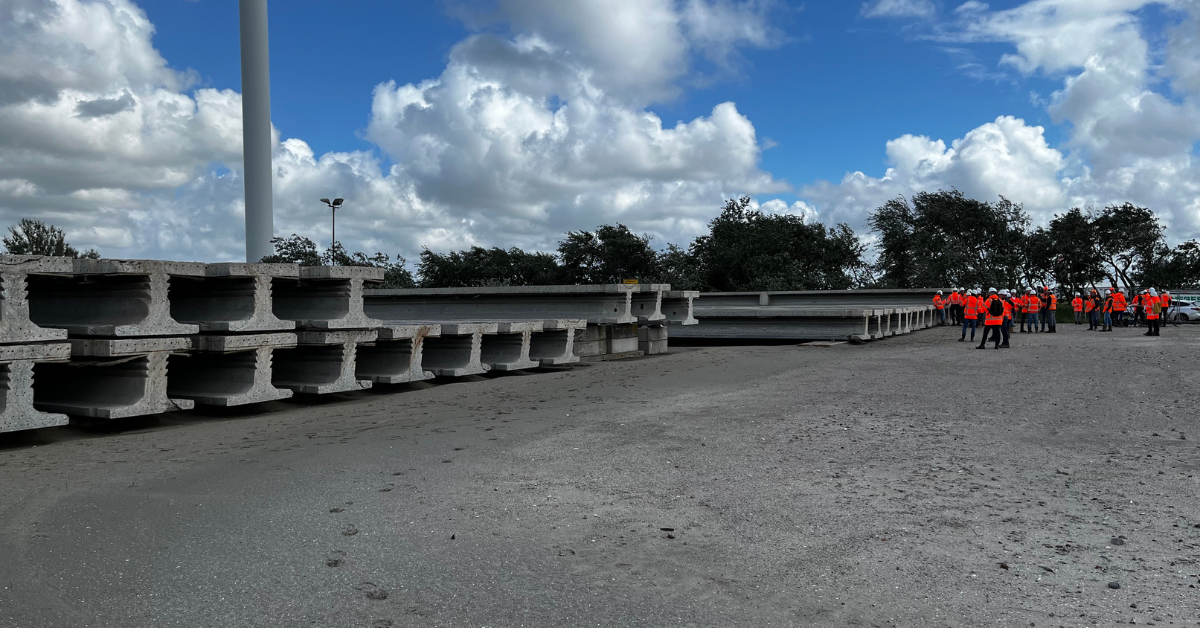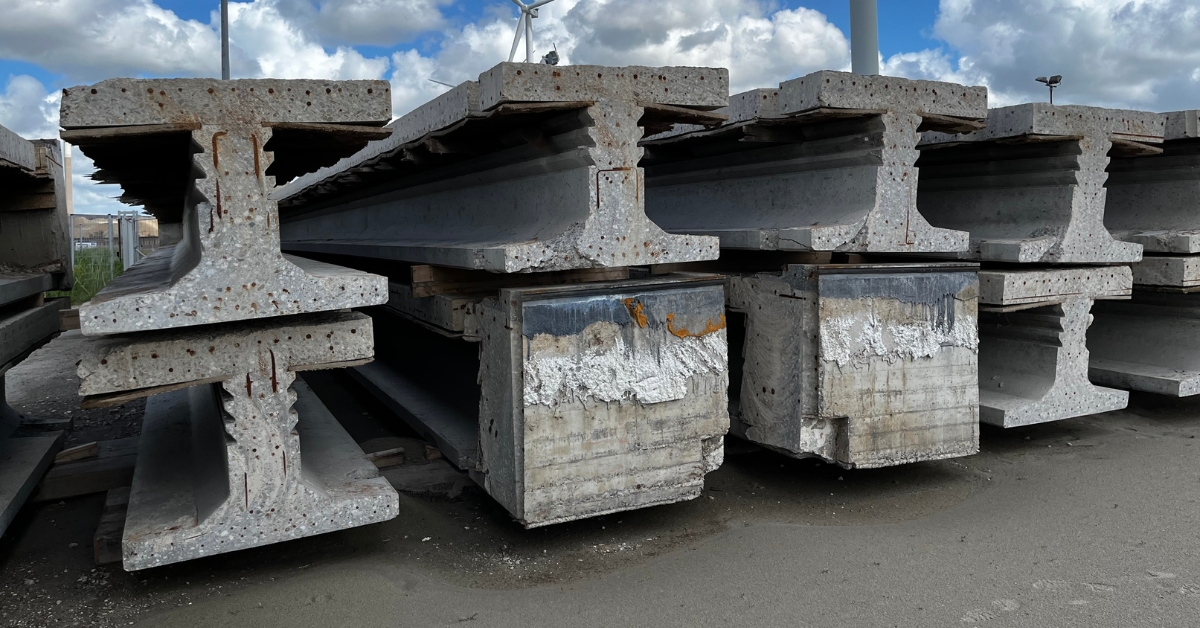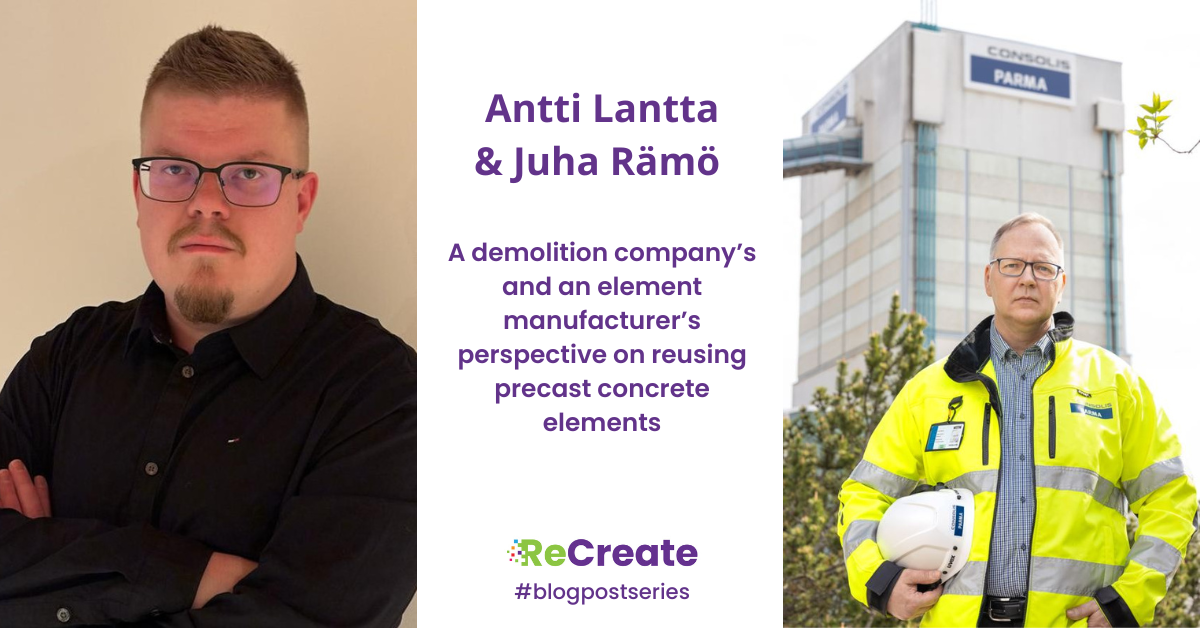In this interview, we speak with Kjartan Gudmundsson, an associate professor and leader of WP3 in the ReCreate project, focusing on digital supply chain management and information sharing. WP3 is dedicated to advancing the project’s digital infrastructure, including creating digital models of individual concrete elements. Our discussion will explore how these innovations streamline supply chain processes and enhance data transparency. Join us to gain insights into the cutting-edge digital strategies driving efficiency and sustainability in construction.
Hello Kjartan and thank you for doing this interview! Can you introduce yourself and tell us about your background and role in your institution and the project?
K: My name is Kjartan Gudmundsson. I’m associate profesor at KTH in Stockholm and I’m a leader of work package 3. I’m thrilled to be a part of the project. It’s nice to be a part of something that can promote the reuse of concrete and, eventually, building materials in general.
Can you provide an overview of the progress made in Work Package 3 (WP3) of the ReCreate project so far, and what are the key achievements in the development of data-sharing protocols and digital representations of construction elements?
K: We know how different actors (different specialists in the industry, different stakeholders and actually anyone interested) can capture and share data in a common data environment in a manner that enables other actors in the reuse process to find the information needed to support effective reuse of prefabricated concrete elements. This can support good decision-making, from the early state of doing the inventory of buildings throughout the pre-demolition audit to quality control and towards marketing or the delivery of information needed for a marketplace. This is based on knowing how to name things and how to organize data, how to integrate data and how to make an automated retrieval of the information needed in the reuse process.
We also know how digital tags can be used to track and trace the physical location of physical elements and how the tags can be used to link the physical element to its digital twin and the information linked to the digital twin.
We are in the process of taking inventory of available methods for the reconditioning of concrete elements and how to comply with health, safety, and environmental regulations.
How does WP3 contribute to the broader goals of the ReCreate project in terms of sustainability and resource efficiency?
K: Digital methods for sharing data throughout the value chain will support cooperation of different actors and support decision-making and communication with stakeholders in general and therefore facilitate sustainable and effective use of resources. Having demonstrated this in a realistic process will help illustrate it to the industry in a way that can promote further development.
The common data environment is the infrastructure making this possible while the digital tagging of the building elements makes it easier to follow the elements throughout the supply chain while the tags also make it possible to link the successively collected data to the digital model. We will also be looking at the physical processes of reconditioning the elements. Practical examples of use and full-scale testing and the involvement of industrial actors will of course strengthen the value of this contribution.
Could you explain the role of Radio Frequency Identification (RFID) technology in WP3 and how it is used to facilitate digital supply chain management and information sharing in the project?
K: We have already done a comprehensive study that shows how RFID technology as well as a number of other technologies make it possible to tag the physical elements so that we can see the location and movements of the buildings elements. One actor puts a tag on the element, the elements travel to the next place and movements are registered. Any actor with access can then read off that information.
As I said the tags can also be used to pair the building elements to their digital representatives so that the tag can be used to access a digital inventory containing information about the elements such as historical information, results from pre-demolition audit, results from quality tests and finally a material passport containing the information needed for effective reuse.
Can you share some insights into the development of a common data environment (CDE) for storing BIM data and digitized information? What challenges were encountered in creating this central repository?
K: Our work provides an overview of available solutions for Common Data Environments (CDEs) that can enable effective storing and sharing of data that is captured and created. We have also discussed how data and files can be named and stored in a manner that enables automated retrieval of files and information. The basic principle is that knowing the naming principles for files and how the data is organized in those files will give the user the possibility to search for and collect the information needed. An important feature is that we want to be able to control the access and authorisation to the different files and documents while this access can also depend on the stage of the process, from work in progress to the sharing of data across teams to published files and archived material.
This includes the use of the current platform for sharing information in the research project. We look forward to further development of digital protocols for capturing and sharing data that will support decision making throughout the reuse process, such as historical information, data from pre-demolition audit and quality assurance to give just a few examples.
Interoperability or the ability of different software to exchange data is a big issue and to some extent a challenge. In a way, there is a trade-off between using open platforms and their application programming interfaces (APIs) that allow for customisation of functionalities and the using of more well-developed software platforms.
WP3 involves creating digital models of individual elements. Could you elaborate on the process of generating these digital models, including the use of Industry Foundation Class (IFC) as an open file format?
K: The digital elements are generally created using well-known proprietary design authoring tools for 3D modelling. The main process is to create those elements with data from existing drawings. The purpose of using the IFC open file format is to make the models accessible across different software platforms. Another reason is that the IFC files have a well-defined data structure or schemas that makes them less sensitive to the software versions used. You can in fact read the files with a number of freely available IFC viewing tools and even read them with just a few lines of own computer code.
How does WP3 ensure that the information collected from the digitalization of elements is used effectively, especially in supporting the needs of designers as mentioned in WP5?
K: By having a well-defined definition of the data needed throughout the process from quality control to design we can make sure that the digital elements either have the information needed or at least a place to store that information or a link to it when it has been collected. Firstly, we have to know what is the data needed. Secondly, we have to know how to make that data accessible. So, people using different software platforms can still retrieve that data and use it for its own purposes.
Sustainable methods for stripping and cleaning elements are part of WP3’s objectives. Can you discuss the methods being developed and how they comply with health, safety, and environmental regulations?
K: This task is concerned with developing methods for cleaning and stripping deconstructed elements from old plastering, paints, tiles, wiring and wallpapers and for cutting and refurbishing components and retrofitting them for new designs. The first stage of this task is to make an inventory of currently available methods. We will also look at and evaluate different methods for cutting such as with track saws, flats slab saws or CNC robot cutting.
All the methods must comply with rules and regulations concerning health and safety in the workers environment. This includes a limit value for dust and the use and handling of solvents. This also includes methods for ventilation as well as methods for sealing off working zones. The methods must also comply with environmental regulations.
What is the significance of evaluating the cost efficiency and sustainability of the methods for cleaning, stripping, and refurbishing components? How do these methods contribute to the circular economy?
K: By evaluating the efficiency and sustainability of methods for cleaning, stripping, and refurbishing, we provide the industry with a list of available methods that can help promote reuse as a possible alternative. We would like to show how those methods comply with regulations concerning health and safety. Reconditioning is an essential part of the process. By showing how it can be done, it is more likely that people will tap into that and want to be a part of the process.
RFID-aided logistics is a crucial aspect of WP3. Could you provide examples of how RFID technology is applied in practical pilots within the project, and how it impacts the logistical processes?
K: We have already done some laboratory tests to check out how the electronic tags can be attached to the physical elements and how they might be protected as well as how factors can affect the readability of the tags. We have also been looking at different digital technologies for connecting the tags to databases and building information models.
The next step is to do some field tests of different tags to find out how they perform in different real-life scenarios in a logistic process. After that, we will be evaluating a selected number of technologies in the pilot projects of the different country clusters. The purpose of those tests is to see how well they can be used to register the travel of the elements but also how the tags can be used as the means to connect to a digital model for retrieval and uploading of relevant information.
Finally, could you highlight the key deliverables of WP3, including the common data environment, RFID-aided logistics, and the processing of deconstructed components? How will these deliverables benefit the construction and AEC industry in the long run?
K: The common data environment plays an important role in making information available to different actors and stakeholders in a reuse process. Our deliverable includes a description of the fundamental principles of making data accessible in common repositories but also on how to ensure interoperability (or how to make that data useful across different software platforms) and the benefits of using open file formats. We will illustrate those methods and principles through practical examples such as by showing how different kinds of data are stored and used to create a digital model and how that model can be populated with data from the various stages of the reuse process.
One objective of our work on RFIDs and tags is to show how the tags can be used to follow and register the location and movement of the elements. In addition to that, we will show how the tag can provide a link to digital information associated with the element. Until now, we have done quite a comprehensive literature study of the available technologies for tagging prefabricated concrete elements. In essence, this means that we have compared the functionalities of different tag technologies such as QR codes, active and passive RFIDs, NFCs and Bluetooth. This comparison includes the reading range and ability to store and retrieve data as well the possibilities to use widely available handheld instruments such as mobile phones but we have also done tests on different methods for attaching the tags to concrete and how this may affect the performance of the tags.
We want to deliver a range of applicable methods for the processing of deconstructed components. As I mentioned earlier it is important that those methods are sustainable and economically feasible but also that they can be implemented in compliance with regulations concerning health and safety.
In general, our cooperation with industrial partners and tangible examples of implementation that include full-scale testing in the pilot studies are central to the relevance and quality of our work and deliverables.
What inspired you to become involved in the ReCreate project, and can you share a bit about your personal background and interests that have shaped your role as the WP3 leader?
K: My background is in building technology or architectural engineering with some focus on how to construct buildings and how to evaluate building performance such as in terms of energy use and environmental effects. Recreate is to me a part of the transition towards more sustainable construction and with my interest in Building Information Models (BIM) and digitalization; it is very interesting to investigate how digital technologies especially can be used to facilitate the reuse process. I would like to show how it can be more effective and how can we gather information and evaluate and analyse things. Having the possibility to put the theory and methods to the test in a practical context is also a very valuable factor.
Would you like to give some conclusion to wrap up everything that WP3 does or ReCreate project is itself?
K: Great thing is to meet all the people involved and to realise what you can do with such a good team.
